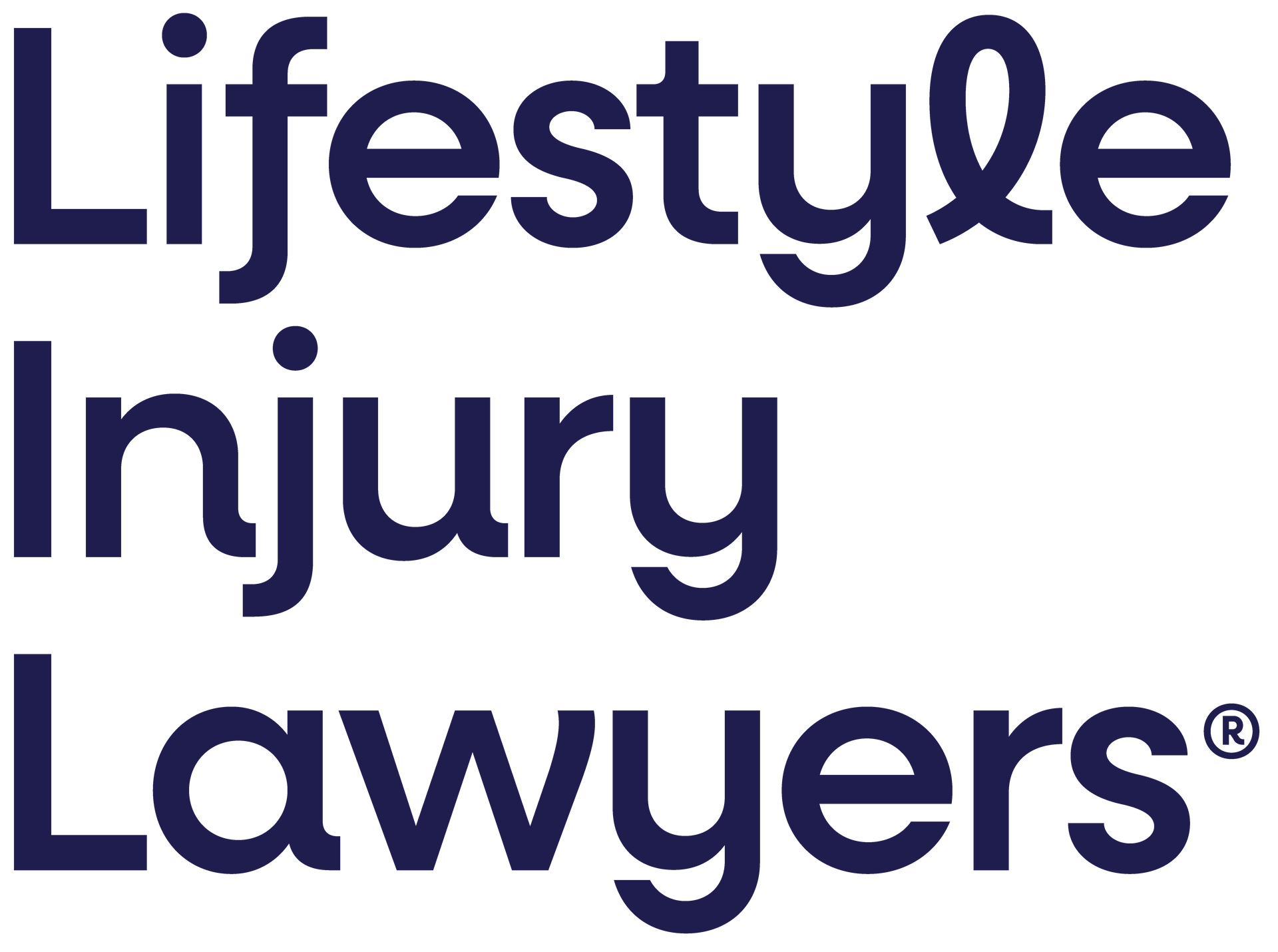A Historical Abuse Claim
In 2017 many law firms saw a spike in those approaching them to inquire about making a historical abuse claim.
This occurred because of recommendations made by the Royal Commission into Institutional Responses to Child Sexual Abuse in its final report delivered to the Governor-General in December 2017.
In particular, legal reforms as a result of the Royal Commission allow survivors to make a claim for damages regardless of when the abuse allegedly occurred.
Before this reform, the statute of limitations clauses in legislation meant only those who acted within three years of the abuse incident which caused the injury could make a claim.
All states and territories of Australia have now implemented this reform except Western Australia and Queensland, where the time limitation was only lifted in relation to child ‘sexual abuse’. In practice, this means that for other types of injury from abuse, such as physical or emotional injury, the three-year limitation remains.
What’s involved in making this claim?
The trauma involved means abuse survivors may only decide to either report to police and/or make a common law claim for compensation many years after the event.
In either situation considerable difficulties can be encountered – both perpetrators and facilitators may have passed away, institutions and organisations who it is alleged were negligent in allowing the abuse to happen may no longer exist, memories are more distant and evidence of the abuse is harder to find.
There is then the choice of whether to commence a civil action through the court seeking compensation or enter into mediation or some other form of dispute resolution in order to reach a settlement with the institution or organisation.
Evidence is crucial in any historical abuse claim, be it documentary, witness testimony, or a medico-legal report which provides confirmation of the psychological injury the survivor has suffered as a result of the abuse. Post-Traumatic Stress Disorder, Persistent Depressive Disorder, stress and anxiety are common examples of such injuries.
Another option is to make an application to the National Redress Scheme established in 2018, also in response to the findings of the Royal Commission. This scheme provides those who’ve suffered historical sexual abuse potential access to counselling, a formal apology or recognition from the institution involved, and a redress amount capped at $150,000.
It should be noted that common law compensation claims will generally provide a much higher amount if successful.
Re-opening past settlements
In some states and territories of Australia, it’s possible to reopen the settlement of historical sexual abuse claims. This is possible in Queensland, Victoria, Western Australia and Tasmania.
In these jurisdictions, a court may set aside an earlier settlement agreement if it is ‘just and reasonable to do so’.
The court will take into account a number of factors in deciding whether to allow a settlement to be re-litigated, as set out in the 2019 case of TRG v The Board of Trustees of the Brisbane Grammar School, where the Supreme Court of Queensland refused an application to set aside a settlement agreement reached in 2002.
The court found that the original process was a fair settlement, reached through mediation with the respondent paying the costs of both parties and the claimant represented by experienced counse.
Call us for specialist advice
Historical abuse claims involve significant challenges. They require legal professionals with expertise in this type of claim as well as compensation law, such as Lifestyle Injury Lawyers.
If you believe you have grounds to make a claim for injury as a result of abuse, even if it is many decades after the event, contact us personal injury lawyers today to discuss your options.

